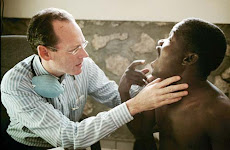Questions are below:
These are due Friday September 26th!
Plant Pigments and Photosynthesis
Use your lab sheet to help you answer these questions.
1. What are the two main activities that we will perform in this lab?
2. Explain how chromatography works.
3. What is paper chromatography?
4. Name the pigment that we would expect to see near the solvent front and explain why it moves so quickly.
5. Which pigment would be nearer to the middle of a chromatography paper and why?
6. Which pigment would be nearer to the bottom of a chromatography paper and why?
7. What is the purpose of the chlorophyll a molecule in the plant?
8. What is the role of the other pigments?
9. Write a formula for determining the reference front of a pigment.
10. Which has more energy, short or long electromagnetic waves?
11. Briefly outline the steps that usually occur when light is absorbed by the pigments of an intact leaf.
12. If DPIP is a blue color, has light been absorbed by the chlorophyll?
13. What color will DPIP appear to be if photosynthesis is taking place?
14. Which instrument will be used to measure the transmittance of light so that we can measure the amount of photosynthesis occurring?
15. Do you expect to see more or less transmittance of light if photosynthesis is actually occurring?
16. Four test tubes (cuvettes) will be used in this experiment.
What is the purpose of tube 1? Tube 2? Tube 3? Tube 4?
17. In exercise 4B, what is the purpose of the water flask?
18. How will the curvettes by handled (held) and why is this necessary?
19. Why will we prevent light from entering one of our cuvettes?
20. Which cuvette do you expect to end up with the lighter color, the one that has boiled chloroplasts or the one with unboiled chloroplasts
Subscribe to:
Post Comments (Atom)




No comments:
Post a Comment